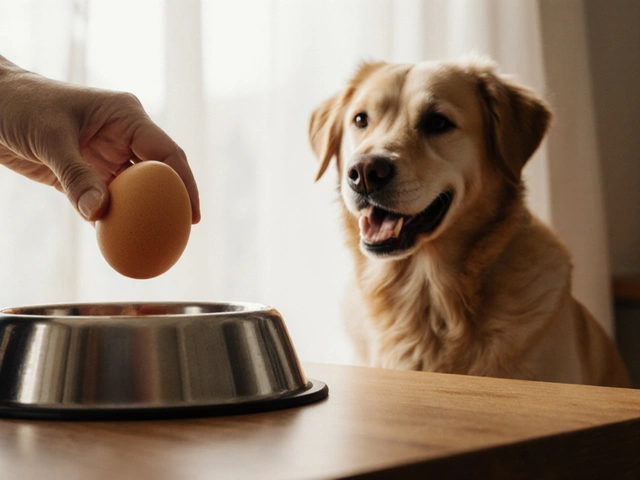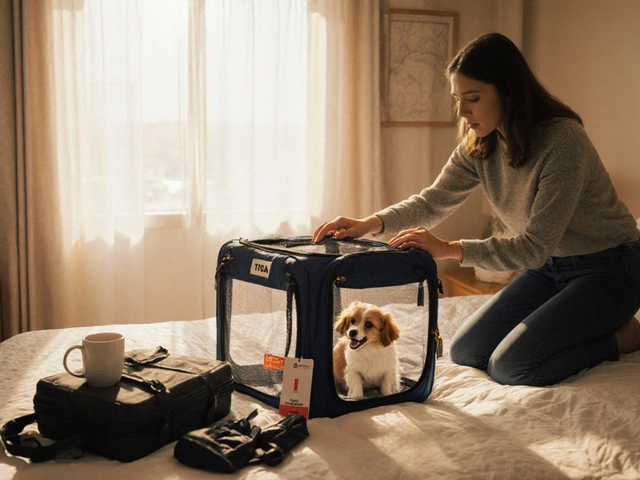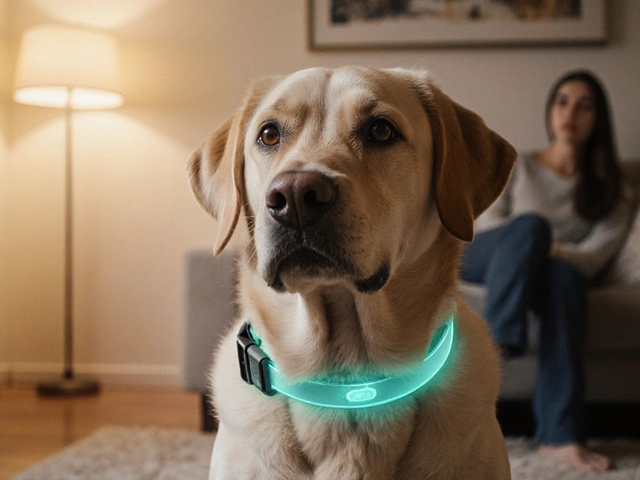Vet Advice You Can Use Every Day
Feeling a bit lost when it comes to your pet’s health? You’re not alone. Most owners wonder if they’re doing the right thing with food, grooming, travel or training. The good news is that solid vet advice is often simple and practical. Below you’ll find clear answers you can start using right now.
Feeding and Nutrition Made Easy
First off, let’s talk food. Whether you have a dog that loves pineapple or a cat that only eats dry kibble, the rule of thumb is balance. For dogs, a mix of protein, healthy fats and carbs works best. A handful of fruit like pineapple is fine once a week, but keep the portion small to avoid stomach upset.
Cat owners often ask if dry food alone is enough. Vets say it can be, as long as the kibble is high‑quality and the cat drinks plenty of water. Adding a little wet food or a splash of warm water boosts hydration and keeps the diet interesting.
Portion sizes matter too. A 10‑lb cat typically needs about 1/3 to 1/2 cup of wet food a day, split into two meals. Dogs vary by breed and activity level, so use the feeding guide on the bag as a starting point and adjust based on weight changes.
Grooming, Travel and Training Hacks
Grooming can feel like a marathon, especially when a professional takes four hours. That time breaks down into washing, drying, trimming and finishing touches. At home, you can shave that down by brushing daily, using a de‑shedding tool, and trimming nails every few weeks. It saves money and keeps your pup calm.
Thinking about flying with your dog? If you’re considering cargo, know that not every dog handles it well. Small, calm breeds usually cope better. Check airline rules, use a sturdy crate, and attach a calming blanket. For short flights, keeping your dog on the seat with you is allowed on a few airlines, but always read the latest policy.
Training questions are common. Vets and professional trainers agree: shock collars are generally a bad idea. Positive reinforcement—treats, praise, short sessions—builds trust and works faster. When house‑breaking a puppy, expect accidents for the first few weeks. Consistency, a set schedule and rewarding outdoor trips will speed up success.
Lastly, a quick tip for post‑grooming calm: offer a favorite chew toy, keep the room quiet, and give a gentle belly rub. Most dogs relax within 10‑15 minutes once they realize the grooming session is over.
Bottom line: you don’t need a vet for every little question, but a solid baseline of advice can prevent bigger issues. Keep an eye on your pet’s behavior, stick to balanced meals, and use the right tools for grooming and travel. When in doubt, a quick call to your vet can clarify anything from diet tweaks to health concerns. Your pet’s wellbeing is a team effort, and with these practical tips you’re already ahead.

What Dog Food Is Recommended by Vets? Expert Choices Explained
Ever stood in the pet food aisle, totally lost? This article sorts through the vet-recommended dog foods and explains what makes them stand out. Get the lowdown on what actually matters for your dog's health, backed by real veterinary know-how. We'll cover the brands and ingredients most vets trust, plus a few tips to help you decide what's best for your dog. Finally, you'll get some honest advice to take the stress out of feeding time.
read more




